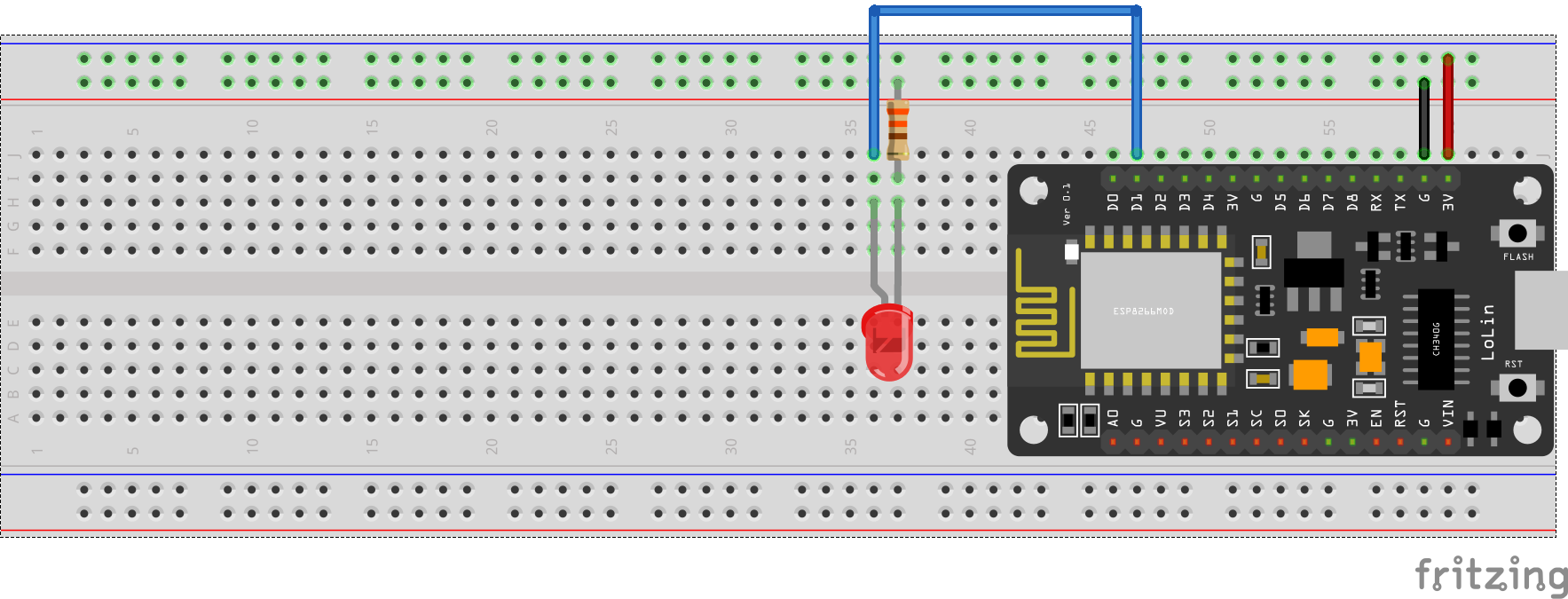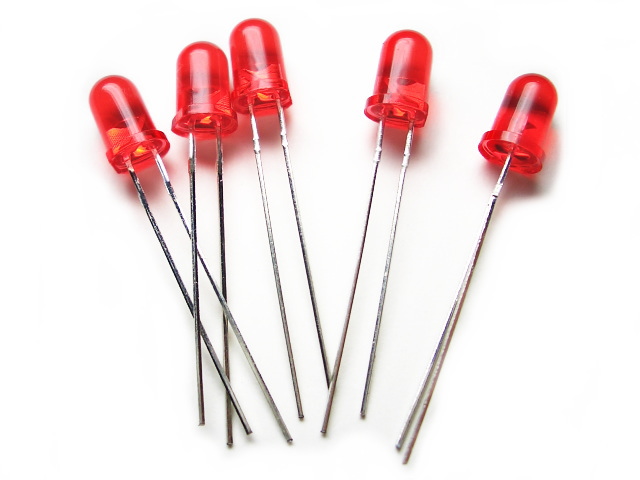LED

Application
NodeMCU

Pin Configuration

int LED = D1;
void setup() {
pinMode(LED,OUTPUT); // LED IS OUPUT DEVICE
}
void loop() {
digitalWrite(LED,HIGH); // LED ON FOR 1 SECOND
delay(1000);
digitalWrite(LED,LOW); // LED OFF FOR 1 SECOND
delay(1000);
}
